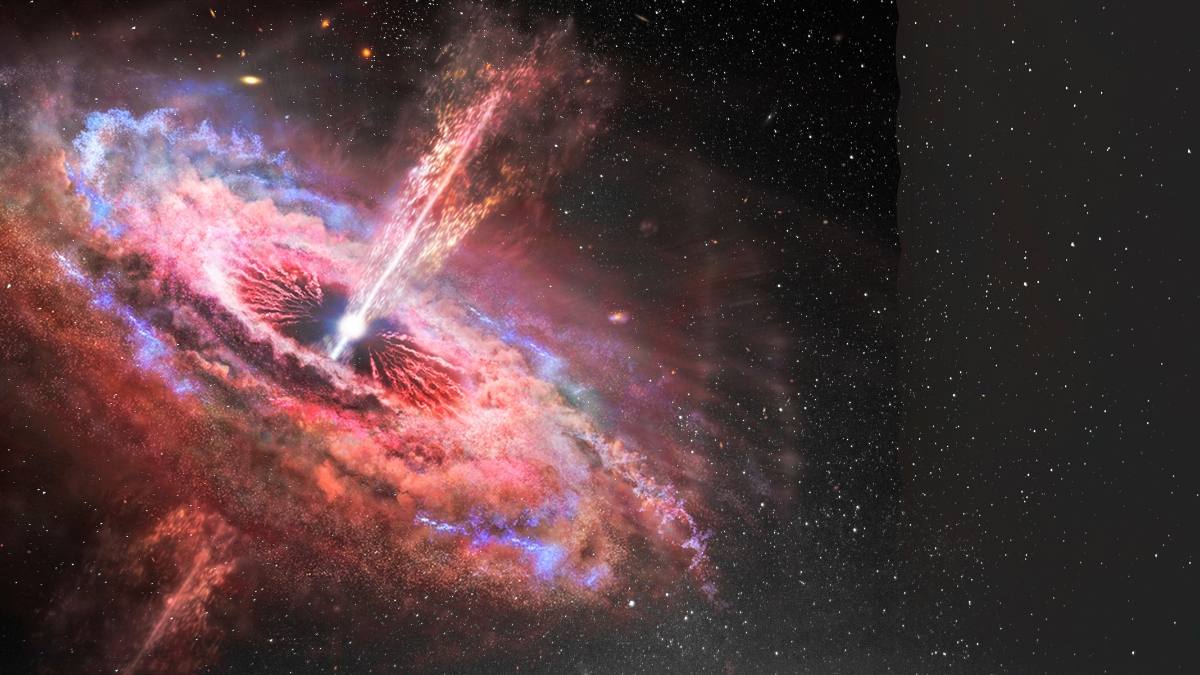This mission is the second in the world and the first in India specifically for polarimetry, after NASA’s Imaging X-ray Polarimetry Explorer (IXPE), which was launched in 2021.
On January 1, 2024, India’s Polar Satellite Launch Vehicle, carrying the nation’s first X-Ray Polarimeter Satellite (XPoSat), is scheduled to blast off. A major step forward in India’s space research quest, the XPoSat mission will launch utilizing a Polar Satellite Launch Vehicle (PSLV) at 9:10 am, according to an announcement made by the Indian Space Research Organisation (Isro).
A major step forward in India’s space research quest, the XPoSat mission will launch utilizing a Polar Satellite Launch Vehicle (PSLV) at 9:10 am, according to an announcement made by the Indian Space Research Organisation (Isro).
XPoSat stands out for taking a novel approach to comprehending the cosmos, and it has a carefully designed five-year lifespan. The satellite can measure the direction of light wave vibrations in addition to gathering spectral and temporal data. The XPoSat appears as a cosmic investigator in a cosmos full of mysterious celestial objects, ready to unravel the mysteries of light emission and reveal radiation mechanisms and spatial structures.
The two cutting-edge scientific payloads on board XPoSat, XSPECT (X-ray Spectroscopy and Timing) and POLIX (Polarimeter Instrument in X-rays), are essential to the satellite’s capabilities. The main payload, POLIX, is designed to measure the polarization angle and degree in the medium X-ray energy range (8–30 keV). Simultaneously, XSPECT makes a contribution by offering spectroscopic data in a specific energy range (0.8–15 keV).
When XPoSat sets off on its cosmic journey, it becomes a versatile instrument that can simultaneously examine the spectral, temporal, and polarization properties of bright X-ray sources in space. This complex system of scientific promises to change our understanding of the universe and fundamentally alter how humans view and interact with its vastness.
